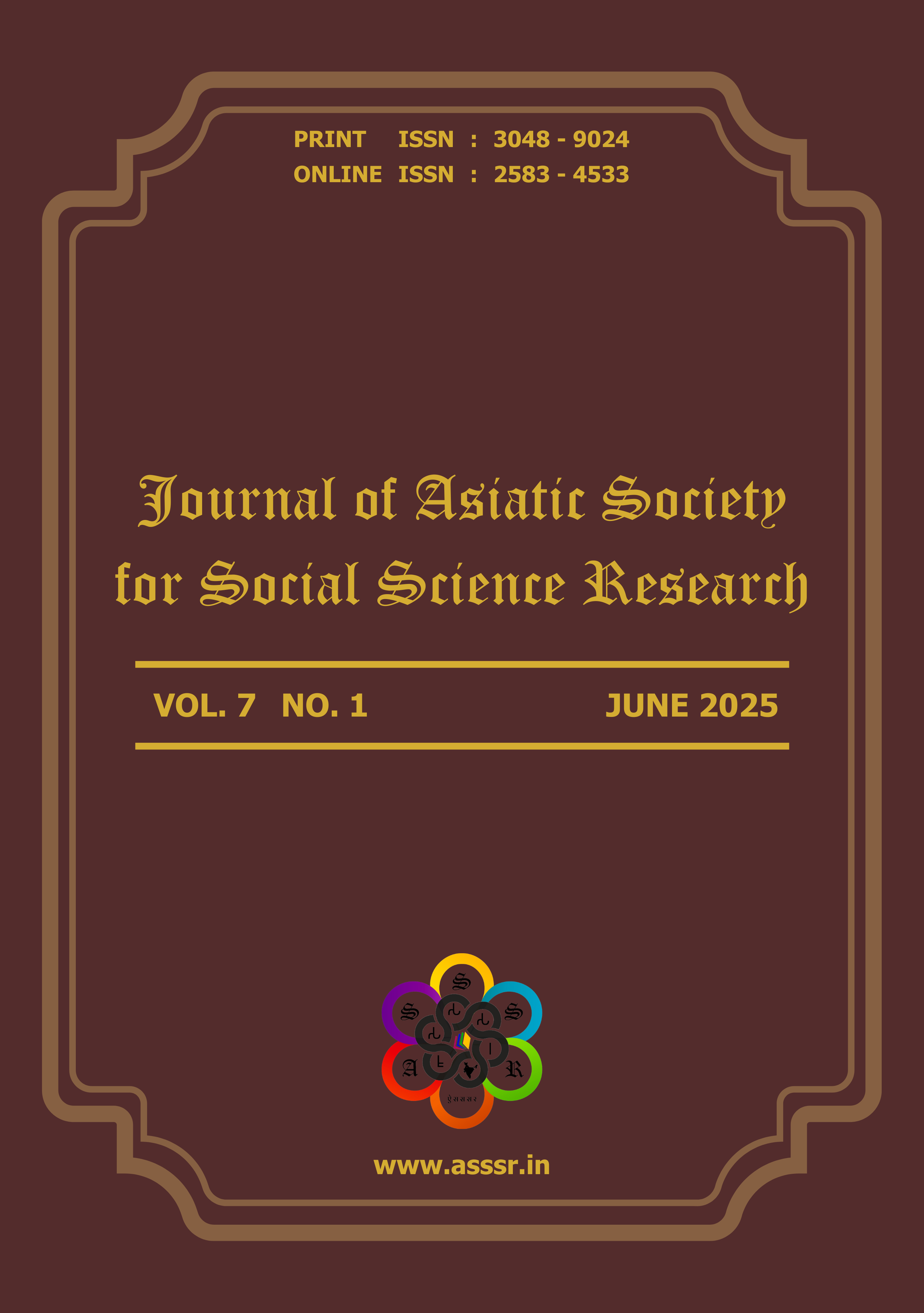Unclean Occupations and Crafts
Artisans, Caste, and Resistance in Colonial Punjab
Keywords:
Art Practices, Colonial Punjab, Social Inequality, Occupational Caste, Marginalized Communities, Caste HierarchyAbstract
During the early nineteenth century, Punjab’s artisan population was diverse and formed a vital part of the region’s socio-economic structure. Artisans included weavers (julahas), carpenters (tarkhans), blacksmiths (lohars), potters (kumhars), leather workers (chamars), and others engaged in specialized crafts like embroidery, metalwork, and basketry. These artisans worked either in family based production systems or in local workshops contributing extensively to the rural and urban economy. Despite their economic importance, artisan communities occupied lower positions in the traditional caste hierarchy and often faced discrimination and exploitation by the dominant class and higher caste groups. In rural settings, zamindars exerted control over artisans by underpaying them, extracting forced labour and limiting their social mobility. Tensions between artisans and landowning elites frequently led to disputes rooted in economic inequality and caste based oppression. Some groups began to resist this marginalization by organizing themselves and aligning with social reform movements such as the Arya Samaj and Ad Dharm. These efforts aimed to challenge caste based hierarchies and seek greater dignity and rights. In urban centres, while artisans found somewhat autonomy due to the rise of commercial markets, they continued to encounter barriers in education, public participation, and social recognition. The study examines the socio-economic status of artisan communities, focusing on their varied roles in both rural and urban contexts. Despite their economic importance, occupational castes remained socially marginalized. The study briefly highlights early reform movement and marks the emergence of political awareness among marginalized artisan groups.
Additional Files
Published
How to Cite
Issue
Section
License
Copyright (c) 2025 Journal of Asiatic Society for Social Science Research

This work is licensed under a Creative Commons Attribution-NonCommercial-NoDerivatives 4.0 International License.
All right reserved.


